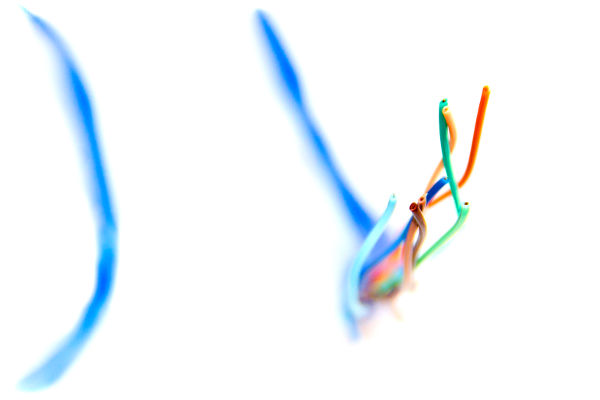
It’s somewhat surprising that these things have nothing to do with the future experience ecosystems.
Back in the day, when I heard talk about “internet of things” or similar concepts I used to think about a man who sees vast field of grass and declares “there will be a city here”. It’s now pretty clear that first tenants have arrived and pretty soon that field will be open and inviting for everyone. Yet, there’s still much pioneering to do. Especially in the field of studying what it is like to be a human in the midst of technology.
Of things nice and shiny
It will be a while until we can absorb the “internet of things” for our daily use. For now, I’ve adopted the word devicesphere to mean the devices we connect and interact with daily.
Not too far ago we heard some product announcements from Apple regarding home automation. Similar efforts will soon be published by other players in the market and in it’s own right, it’s pretty exciting to see how the list of interconnected devices increases steadily.
From a technical standpoint the future ecosystems will be an interesting mixture of robotics, home automation, wearable technology, bloody huge touch screens and stuff we use today, like toothbrushes. And of course, some technology that we do not know yet.
We’ve always been good with technology. Usually it just takes one or two drivers and a new way to use technology is born. Electronic cigarettes being one good example of such driver: Namely more healthy way to retain certain human behaviour.
But when we look for means to alter behaviours for better efficiency, maybe for more fun or healthier way of living, it gets interesting since we can’t rely on old behaviours anymore.
Copycat behaviour
What we’ve seen so far among the way devices behave isn’t radically different from what we’ve used to. Sending push notification to wrist watch instead of mobile phone may alter behavior slightly1 , and that is not to be undermined, but the concepts and actions are familiar.
It’s relatively easy to predict that you will have an API to your car at some point (maybe you already have). It is to be seen if you actually do alter your behavior based on ease of use of data.

The future customer, and corporate, ecosystems aren’t about connecting. They’re about experiencing.
It’s all about you
Variety in human interaction and human behaviour has always been the tricky part in user experience design, but since technical capabilities have increased (geolocation, position, sensors, near field communication) the variety in behaviour should be considered as a designing asset, not a constraint.
If you are a person who is planning an experience, web-based or otherwise, this is something you should dearly consider: It’s not about duplicating the experience regardless of time and place. It could be augmenting the experience with time and place and whole lots of other factors that you might thing support the experience you’re building on.
Granted, this will be something prone to change as the devicesphere grows, to the point that it disappears and it just starts to “be”, coexist naturally with us. You might very well start to design services and experiences to humans. Or pets. Or flowers, I wouldn’t count that out.
We are nearly there
While it is safe to say that “we are nearly there”. There will be explosive growth in experiences tailored for ever-changing human needs. Responsiveness will be re-defined to mean responses to something totally different than viewport size. The understanding of importance of user experience designing has grown significantly and as long as we understand what we are doing, it’s likely that the implementation of applications across platforms isn’t the biggest problem.
Designing the service is the hard part, designing the experience even more so. It is probable that we will champion this as well. We are, as humans, our own assets to understand the human need. Still, we hardly grasp the patterns we constantly repeat in our daily lives, not to talk about how bad we are in critically thinking of what we do.
Design is the key to make all this easier to comprehend. Way we act is prone to change if every interaction, continuous or complementary, is smooth and natural. The application you want to do, the experience you want to deliver, will get more interesting and more human, when it’s not the mobile you’re carrying in your pocket.
Thank you for reading.
Footnotes
- This example is from book Designing Multi-Device Experiences
